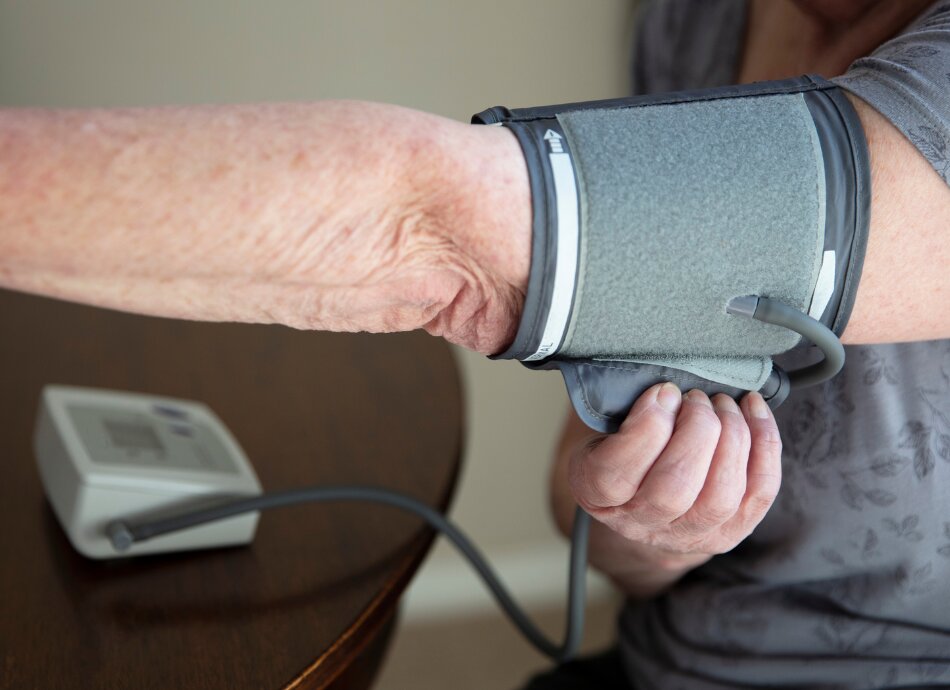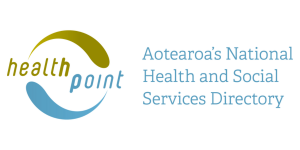Home blood pressure (BP) measurements can help:
- when your doctor thinks you might have white-coat hypertension (this is when someone with normal BP has raised BP due to anxiety from being measured in a clinical setting, such as at your doctor's surgery)
- when there is a big variation in your BP measurements between visits
- to check whether your medicine is working or if it's causing low blood pressure (hypotension)
- when you are not responding to blood pressure-lowering treatments.
Home blood pressure readings have a strong correlation with risk, in that the results more accurately indicate your risk of hypertension (high blood pressure) and the conditions associated with it.
Measuring your blood pressure at home is seen as having many advantages over measurement in your doctor's office for the management of hypertension (high blood pressure), especially if you have chronic kidney disease or diabetes.






